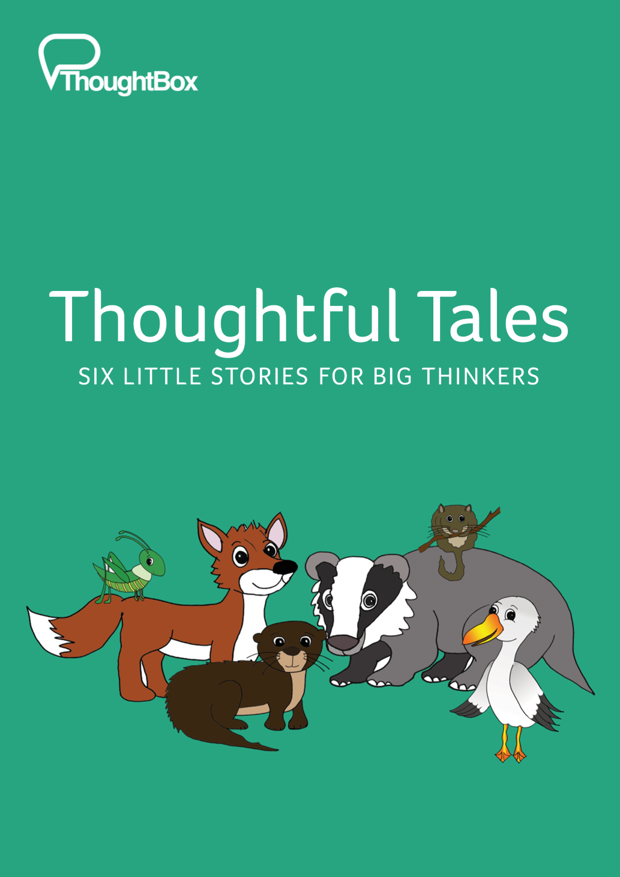Story-time: How can empathy stories support wellbeing?
Empathy is one of the most vital life skills we can nurture. It allows us to care for ourselves, it helps us to connect with people around us and it enables us to feel part of the wider natural world. Embedding empathy into classroom learning is a key pedagogical practice for educators to focus on right now, and more and more schools are looking at ways of bringing value-based learning and empathy building into the curriculum.
As part of our work to support the next generation of compassionate thinkers, we have been working with storytellers - and story readers - to create a series of animal stories for young thinkers to help young people feel more connected with the world around them.
Using simple structures, each of our six tales explores a particular topic of issue affecting young people these days, with metaphor and symbolism to help children to connect with big ideas. All of the stories have a main character who is an animal and they are all abstract, not mentioning the topic being explored but instead allowing children to engage empathically with the issue.
Our six stories are:
Grasshopper’s Lost Hop (a story exploring happiness)
Otter’s Best Cake (a story exploring identity)
Badger’s New House (a story exploring home and homelessness)
Fox’s Dancing Journey (a story exploring immigration and refugees)
Dormouse’s Wobbly Tree (a story exploring habitats)
Seagull’s Best Nest (a story exploring waste)
Our stories have all been “tested” by a group of 4-8 year olds, who read our stories and then offered feedback on their thoughts, both on the characters and storyline and the themes being explored. We have also been supported by several children’s authors, helping us to shape the style and structure of the stories to support the age and learning capacity.
These six thoughtful tales form part of the ThoughtBox Primary curriculum, each story accompanied with four weeks of lesson plans to help delve a little deeper into each topic. Empathy building lies at the heart of every lesson, enabling children to explore feelings of themselves and others to connect with new ideas, for example, how might Seagull feel to get his feet caught in a plastic bag? How might Fox feel when she is not made to feel welcome in her new home?
A Cambridge University study by Maria Nikolajeva, professor of education, found that “reading fiction provides an excellent training for young people in developing and practising empathy and theory of mind, that is, understanding of how other people feel and think”. This research is also supported by neuroscience, with researchers at Emory University in Atlanta, US, showing that fiction tricks our brains into thinking we are part of the story. The empathy we feel for characters wires our brains to have the same sensitivity towards real people, and so by using animals in our stories, we are helping young children to relate more positively and empathically with people as they grow and connect in the wider world.
So how does empathy help wellbeing? With disconnection being one of the root causes of mental health issues in young people, strategies to help children to feel connection are vital when exploring tools for long term emotional health. Empathy building allows children to connect to themselves, to others and to the natural world, all areas that research proves to be essential components for wellbeing.
Stories are a beautiful and powerful way to help our children to think creatively, explore new ideas and feel safe and comforted by the world around them. We’re excited to be offering these stories to our ThoughtBox schools (and to any parents who would like to buy a copy) and we look forward to hearing about the ideas and connections that they spark in our young readers.


